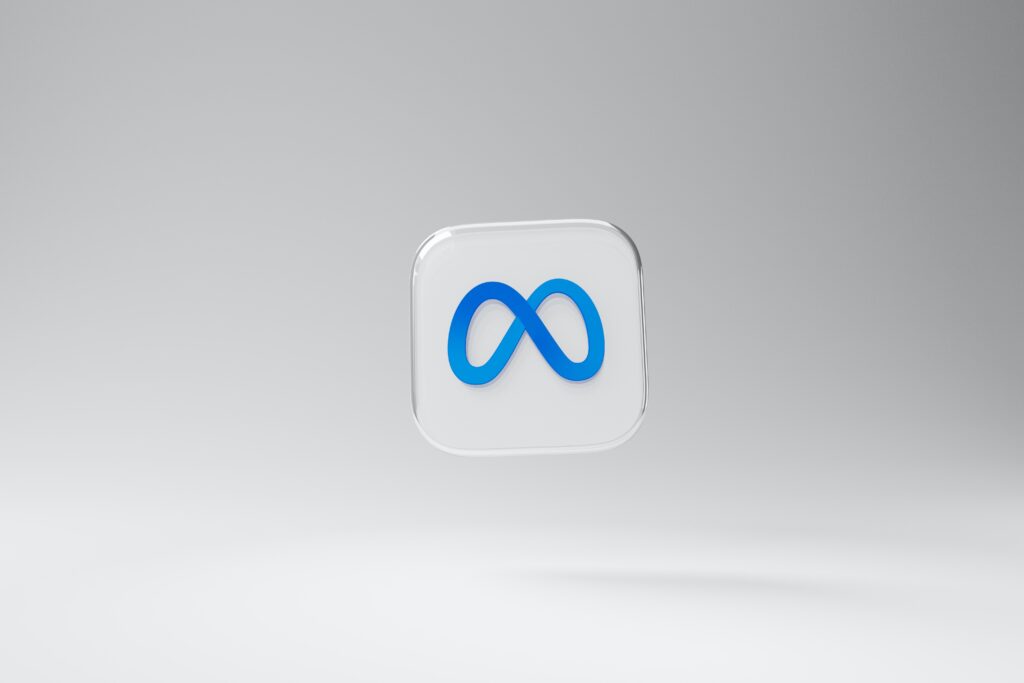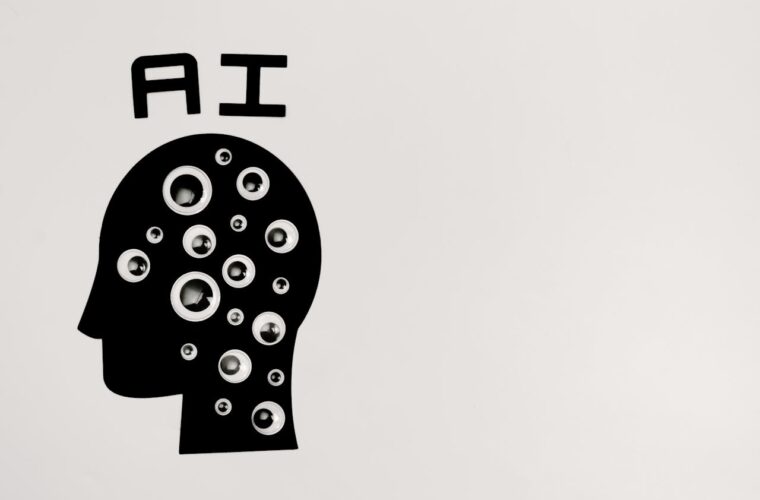Meta’s plan: In the race for artificial intelligence, there is also Meta, and it could not be otherwise. Because between Facebook and Instagram, WhatsApp and Oculus, as well as the latest arrival Threads, we are talking about the social company with the most users and an important capacity to influence people. It was, therefore, impossible for Mark Zuckerberg to stand by and watch the moves of OpenAI, Microsoft and Google, which have thrown themselves headlong into the development of large language models and chatbots capable of responding to users’ textual requests. Only Meta‘s plans seem different, although the company’s number one would not release specific details on the roadmap that will follow.
Why Zuckerberg wants his Artificial General Intelligence
“The long-term plan is to create a general AI, make it open source in a responsible and widely available way so that everyone can benefit from it,” Zuckerberg said during a video shared on Facebook in recent days, though without adding any indication of when or even how he intends to build this intelligence. However, Meta is in a transitional phase, particularly with the approach of two very important divisions for the development of artificial intelligence: Fair and GenAI. The former, whose acronym stands for Fundamental AI Research, deals with research into AI models and tools, such as developing the Llama 3 language model, the Audiobox audio generation system and the Emu image generation model. The second, on the other hand, is the unit that implements AI solutions in Meta’s apps, as was the case with the MetaAI chatbot for Messenger and WhatsApp.
Zuckerberg’s goal is to build an Artificial General Intelligence (AGI) capable of solving generic problems independently, going beyond the specific tasks for which it was programmed. This is the middle level of AI systems according to the theory of Nick Bostrom, the Swedish philosopher from Oxford University who introduced the concept of Artificial Super Intelligence (ASI), AI with cognitive capabilities superior to those possessed by humans. At the same time, AGI is an AI capable of remembering and arguing, thus on the same level as humans. To be fair, so far, no one has created an ASI or an AGI because we are still in the era of simple AI, even though in the last three years, there has been a marked acceleration in the development of AI solutions, as shown by ChatGPT and many other niche applications and tools dedicated to the same functions.
An open-source system, only if it is profitable
One element of difference promised by Meta compared to what OpenAI and Google are doing is the willingness to develop an open-source artificial intelligence, which will be open to developer integrations. “One of the biggest challenges in the industry is that if you build something that is really valuable, it risks becoming very concentrated. If you instead make it more open, it solves a wide range of problems that could result from unequal access to opportunity and value,” Zuckerberg said, emphasising his intention to make Meta emerge as the good guy in a fight where the bad guys are OpenAI and Google.


In reality, the goals are not so different for the two companies because if Meta managed to standardise the development of AI and implement the solutions on its platforms, it would secure a flourishing business in terms of monetisation (between data collection and profiling), expanding its influence over the entire ecosystem. The preference for open source is, after all, a vision that applies now but not absolutely because Zuckerberg himself added that ‘as long as it makes sense and is the safest and most responsible thing to do, we’ll lean towards open source, but at the same time you don’t want to be constrained to do something because you’ve said you’re going to do it‘. So, open-source is acceptable if it is useful to achieve certain goals otherwise you do as others do.
What is certain is that Meta has planned massive investments to make up for lost ground in AI development. Zuckerberg has made it clear: “We are building a gigantic computing infrastructure to support the future roadmap, including 350,000 Nvidia H100 GPUs by the end of this year, which, including our other GPUs, will take us to a total computational capacity of nearly 600,000 H100s by the end of 2024.
To get an idea of what these numbers mean, it should be considered that the AI race is mostly about chasing Nvidia GPUs, which are considered the best on the market, with the H100 representing the top model for the professional field. Each individual H100 GPU is estimated to cost between $30,000-40,000, which may drop for those buying large volumes. Meta wants 350,000 by the end of the year, with an investment of around $14.5 billion.
According to what Zuckerberg himself told The Verge, Meta is still spending $15 billion a year on its Reality Labs division, which is developing the metaverse. At the same time, it recently launched the AI visual assistant that identifies objects and performs translations on board the Ray-Ban Stories. For Meta’s CEO, thanks to GenAI, the glasses developed with EssilorLuxottica will be a product destined to gain space and interest in people’s daily lives. These are perspectives and wishes for the future. At the same time, the present describes a company that, on the one hand, has to chase OpenAI and Google and, on the other hand, continues to lay off employees (20% of the workforce has been cut since the end of 2022) because there are so many expenses and investments have to be directed towards priorities: AI and Metaverse.



